Jobs available, but filling the 'void' of positions a challenge, Workforce official says
More employers are posting job positions with Work Force Solutions of West Central Texas, but a "void" in the number of applicants still means hiring woes for some, said Bill Dean, its director of business services.
However, "if you're able to work, work and you're willing to work, positions are available," Dean said. Some employers have had to offer incentives and increase benefits and pay scale "just to be competitive."
According to the Texas Workforce Commission, weekly wages in the 19-county area that composes the West Central Workforce Development Area rose in the second quarter of 2022 an average of $74 per week, compared to the second quarter of 2021.
Weekly wages rose to an average of $950 per week in the area, compared to $876 a year ago.
That said, employers currently coming to job fairs "are not seeing an adequate number of applicants to fill (open) positions," Dean said.
That's especially a concern in the wider, 19-county span that composes the West Central Workforce Development Area, even as some companies look to expansions and major employers such as Great Lakes Cheese look to hire workers.
"There's more postings and job openings than people that are looking for work," he said, with a low unemployment rate.
"The unemployment numbers that we were seeing, post-COVID, are definitely way, way down," Dean said. "There's not people that are reporting to Texas Workforce Commission that they can't find work. But the employers that we have on our board and come to our job fairs, they they're not seeing an adequate number of applicants to fill those positions."
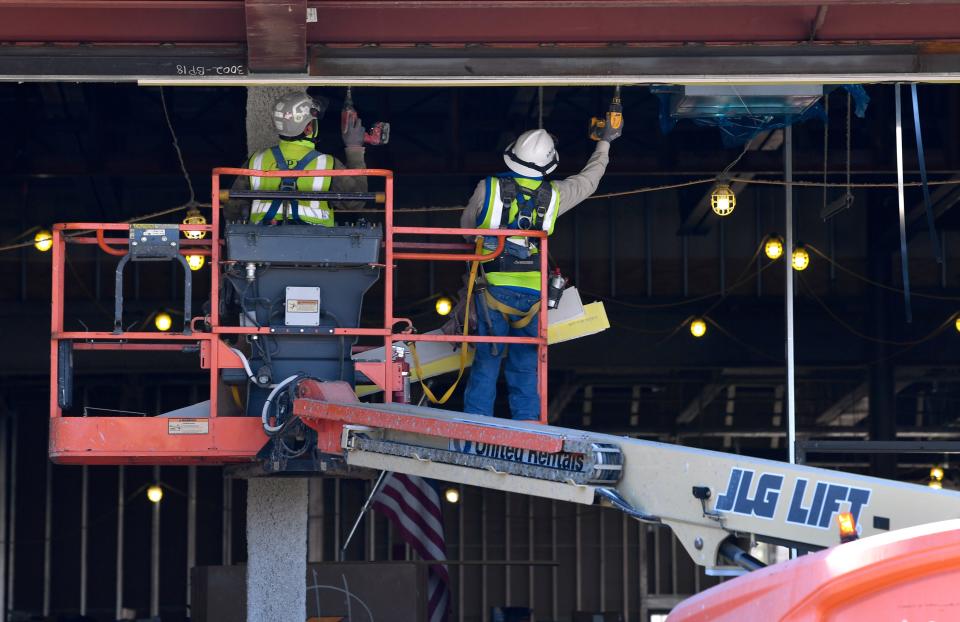
Low unemployment continues
Since 2021, there has been a "drastic drop in the unemployment rate for this region," consistently below state averages, Dean said.
But job postings and demand for employment remain high, a trend that is expected to continue, Dean said.
As of Nov. 28, Abilene's Metropolitan Service Area has an unemployment rate of 3.2%, below the state's rate of 4%.
"Those are lower than pre-COVID numbers," Dean said.
There also are fewer claims for unemployment, also seeing a steady decline since the area has entered a "post-pandemic timeframe," Dean said.
"That has dropped drastically over the last two (or) three quarters," he said.
Surplus of jobs
Currently, the WorkInTexas.com employment portal that serves both employers and job seekers has more than 4,000 current job positions available in Abilene.
And at a job fair Nov. 3, 150 people showed up to compete from jobs from 71 employers − and 1,138 open positions.
"That's region-wide, but most of those employers were from Abilene," Dean said, noting the pool of employers at the event also included areas such as Sweetwater.
Education and health services make up about 30% of employment by industry in the region, with trade and transportation utilities second, leisure facilities third and manufacturing fourth.
The construction of the Great Lakes Cheese factory, plus expansions in other businesses such as Tige Boats and Hartmann's means the area is seeing an increase in manufacturing opportunities, while the downtown hotel and other hospitality and restaurant locations on U.S. Interstate 20 highlight other opportunities.
"We're seeing a pretty drastic demand for transportation and logistics," Dean said, which makes up about 21% of the employment picture.
Some 'underemployed'
Depending on where one seeks demographics, 23% to 25% of workers in the area considered "underemployed," Dean said, meaning they are not looking for work.
"Either based on their childcare situation or based on their perceived skill level, they're at a lower-wage position than they probably qualify for," he said. "But based on different situations − availability of hours or transportation, different things − they're staying in that position instead of looking elsewhere"
"What we've found with some of our employers is that when they interviewed or offered positions to people, they either took them and didn't show up or didn't take them because of a perceived barrier," Dean said.
That could be a desire to not work on weekends, or a barrier such as not being able to find daycare for a night position or transportation issues.
In job areas with long shifts, such as in healthcare, the latter can be an issue, since public transportation schedules don't match up with job-seekers' needs.
"We've run into that with some of our businesses out at (Five Points Business Park)," Dean said. "The buses don't run in time for their shifts to start."
Some may simply be choosing to stay with a job they're familiar with, even if it's not ideal, he said, in favor of learning a new culture or possibly finding themselves working harder.
And even if someone might be excited to take a new job, they may find it simply doesn't work with their transportation or family needs, Dean said.
"If you're going from a six-hour shift or an eight-hour shift or part-time hours, a lot of our middle-skilled manufacturing positions are 12-hour shifts," he said. "That can present several obstacles, especially if you have children in school."
In terms of retail and other positions, there has been an increase seen in general wages over the past two or three quarters, likely driven by incentives to attract applicants, he said.
Other trends
As the area's workforce 55 and older has declined, and the workforce itself in general skews older, the "working demographic" of 18− to 25-year-olds is often in a strange place − neither fully employed, but not unemployed.
Some likely are enrolled in school, but not attending full time, but also not considered fully employed, Dean said.
"That's a phenomenon since the pandemic, " he said. "Typically when someone left, you know, left high school, they showed up somewhere. And we're seeing upwards of 30% not show up anywhere. ... They're probably working some part time shift, or they work for cash or work some day-laborer places and attend school when it's convenient for them."
Also perhaps skewing numbers some is that employers don't have to report workers if they don't stay employed, he said.
"We had one employer that was in manufacturing (who) had guys that would work for three or four weeks and then leave, then come back in a couple of weeks," he said. "They work to fill a need. They're not looking to build retirement or have any longevity."
Homebuilders also have reported high demand, he said − and an inability to fill all positions they need, Dean said.
Profit and loss
While unemployment rates are expected to stay low, supply chain issues may mean some layoffs in manufacturing areas, he said.
Some layoffs are "kind of typical of this time of year," he said.
But supply chain woes may mean some order temporary layoffs until manufacturing can get fired back up again, he said, some companies having demand for products but unable to acquire supplies.
But In core areas, including "middle-skilled positions and in hospitality and healthcare," those (show) those positions are going to be in demand for a while," Dean said.
"And we're working our in-demand occupation list right now and we're probably going to include construction framing on that because of all the building going on," he said.
What are the fastest-growing industries here?
As projected by the West Central Workforce Development Area, 2020-30:
Support activities for mining: 57.2%
Building equipment contractors: 40%
Fabricated metal production: 34.7%
Natural resources and mining: 29.8%
Individual and family services: 26.3%
Architectural, engineering and related services: 23.3%
Construction: 20.7%
Leisure and hospitality: 19.9%
Professional and business services: 19.1%
Oil and gas extraction: 17.7%- Source: Texas Workforce Commission
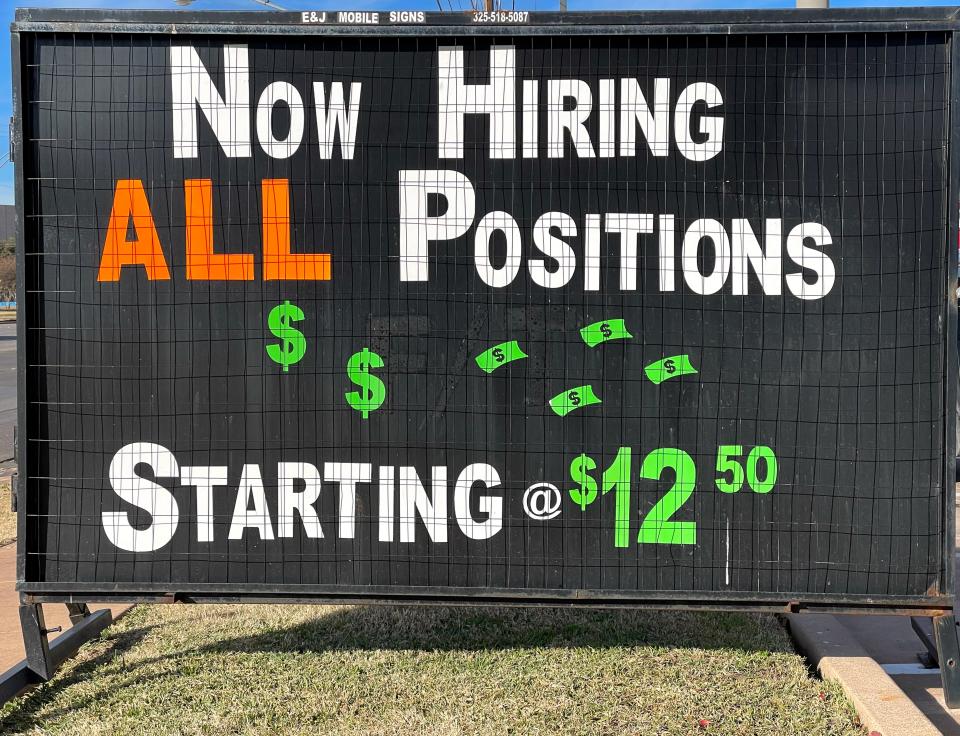
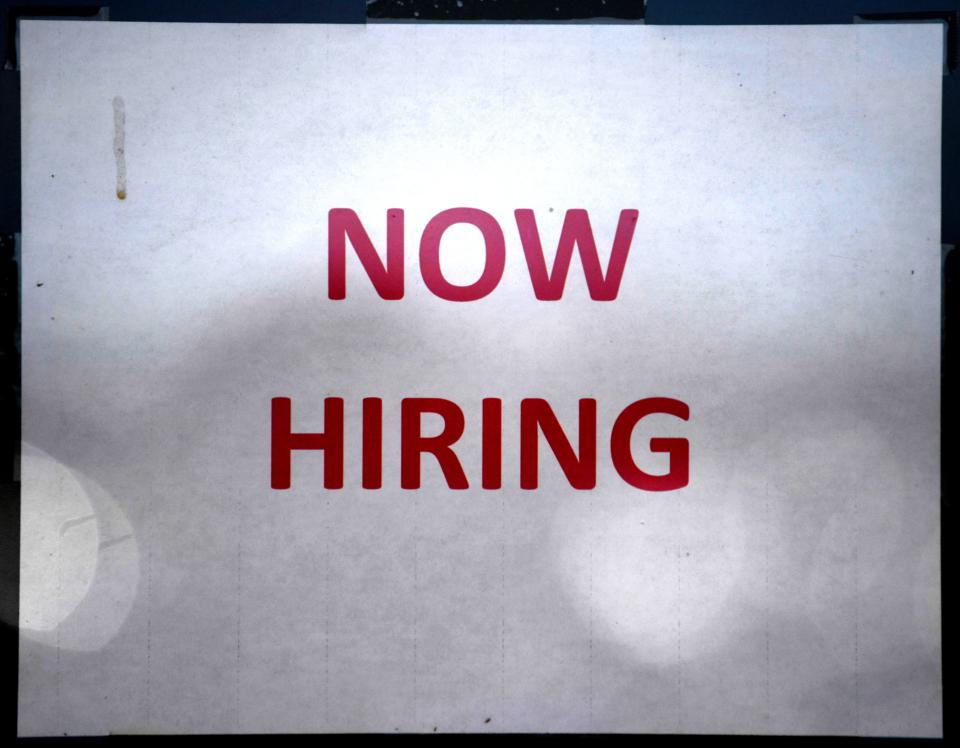
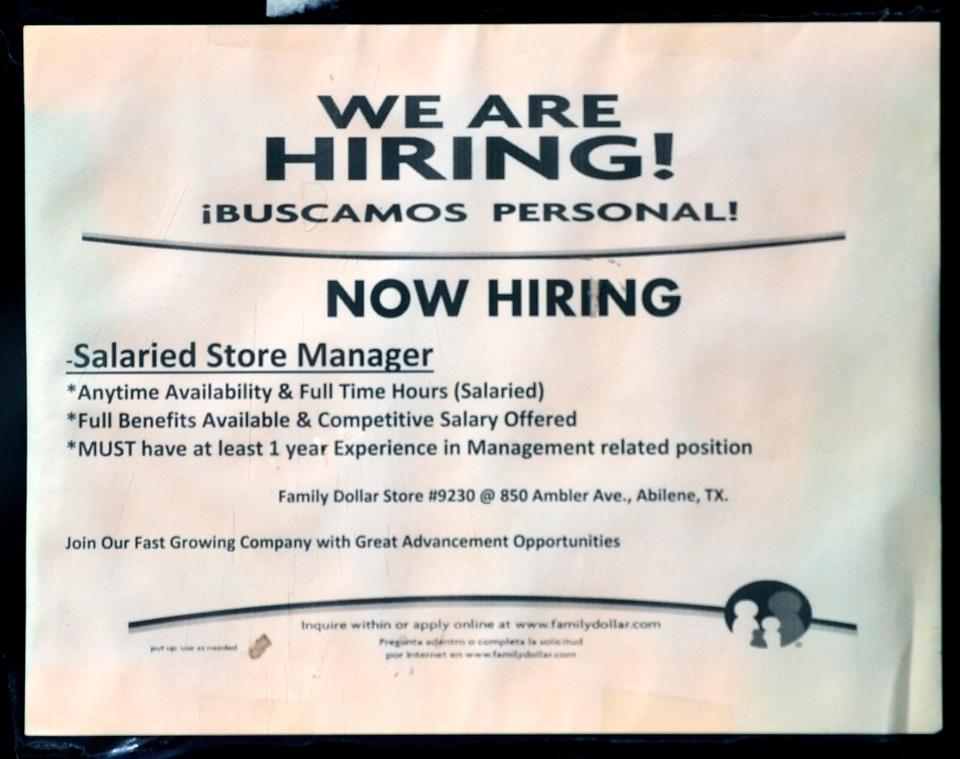
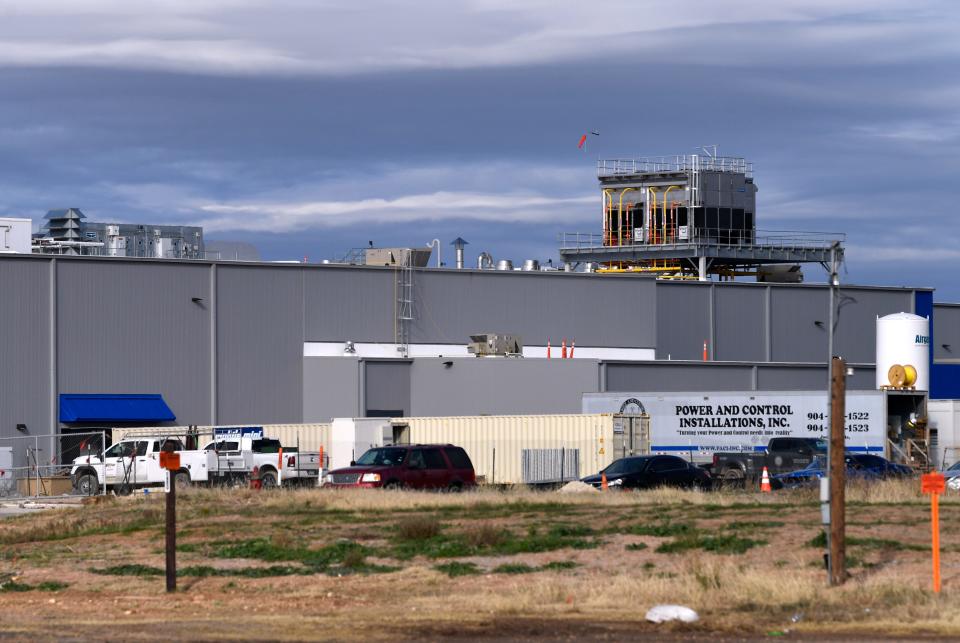
This article originally appeared on Abilene Reporter-News: Jobs available, but filling the 'void' of positions a challenge

